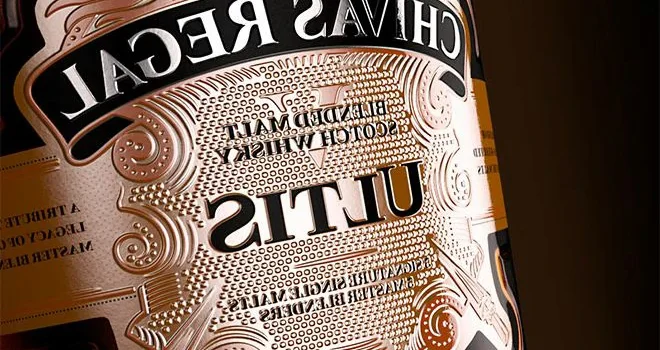
Whiskey Bottle Labels: The Art of Storytelling Through Design
Whiskey Bottle Labels: The Art of Storytelling Through Design
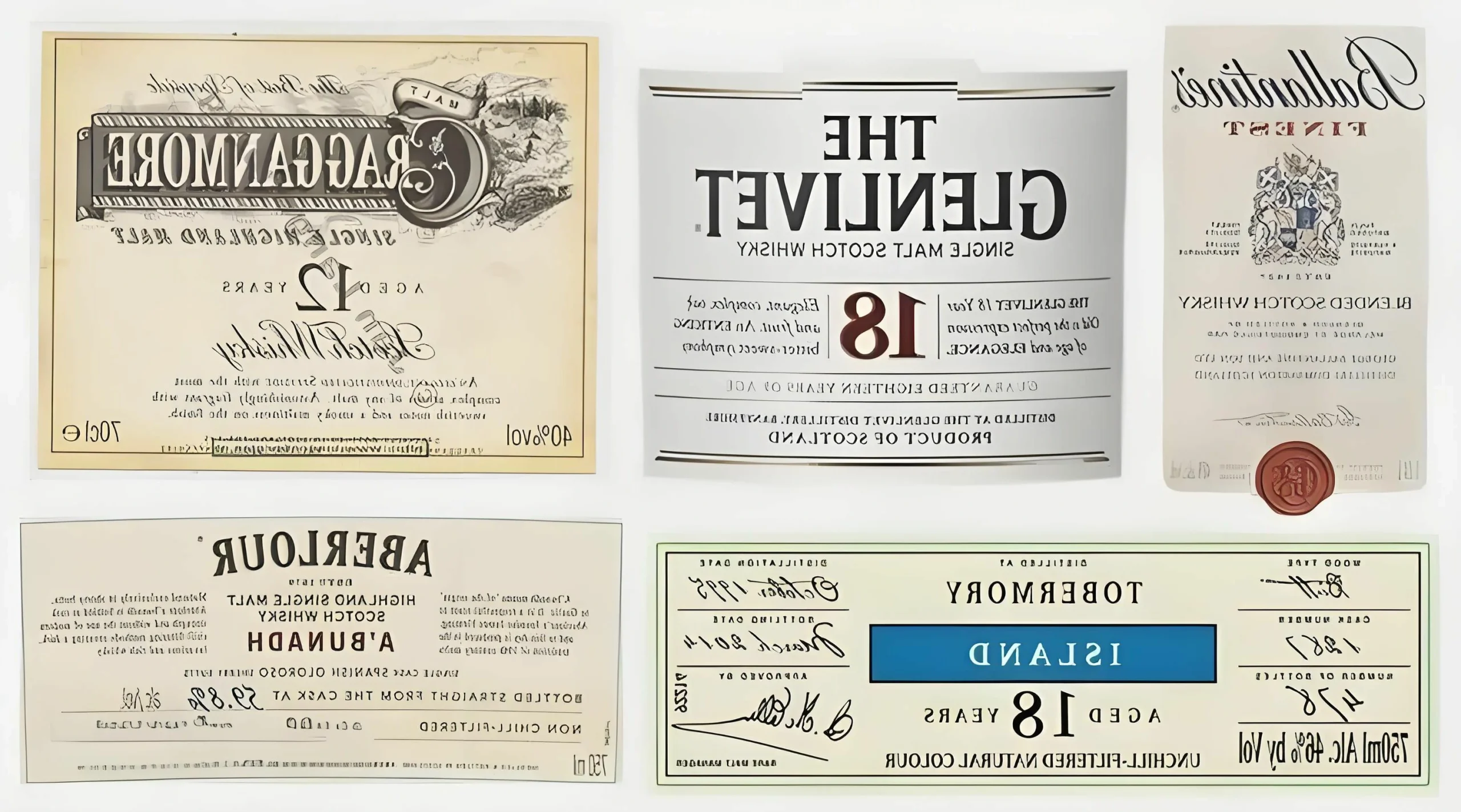
The world of whiskey is rich with history, flavor, and tradition. But beyond the liquid gold held within each bottle lies another captivating aspect: the art of the whiskey bottle label. These labels do more than just identify the contents; they tell stories, evoke emotions, and communicate the heritage and craftsmanship of the whiskey. Let’s explore how whiskey bottle labels serve as a medium for storytelling through design.
The Heritage and Tradition

Whiskey bottle labels often serve as a canvas that reflects the rich heritage and tradition behind each brand. Many distilleries play upon their long histories, using vintage fonts, aged paper effects, and classic designs to convey a sense of legacy and time-honored craftsmanship. For example, labels might feature the year a distillery was established, iconic imagery related to its origin, or historical artifacts, all of which ground the whiskey in its storied past.
Regional Identity
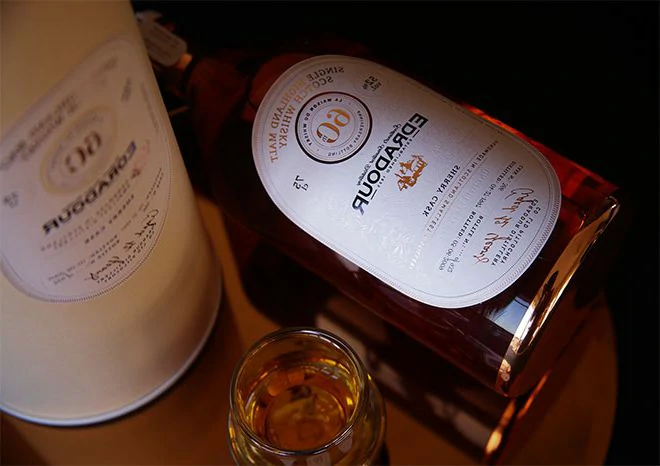
The origin of a whiskey is a significant part of its identity, and labels often highlight this factor prominently. Whether it’s the rolling hills of Scotland, the bustling streets of Kentucky, or the serene landscapes of Japan, regional elements are woven into the design to give consumers a sense of place. You might see traditional Scottish tartans, Kentucky thoroughbreds, or iconic Japanese landscapes, each serving to root the product in its geographical and cultural context.
Craftsmanship and Quality
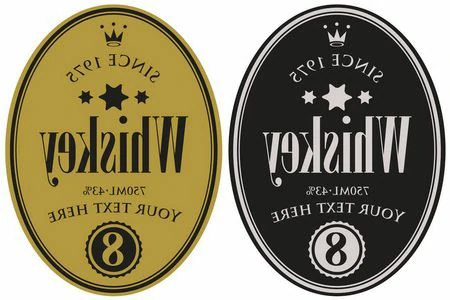
A well-designed label conveys the quality and craftsmanship that went into making the whiskey. High-end labels often use premium materials, such as textured papers and metallic foils, to give a tactile sense of luxury. Detailed illustrations and intricate designs can highlight the meticulous process of distillation and aging. Descriptions of the cask types, age statements, and tasting notes are carefully crafted to inform and entice the consumer about the complexity and depth of the whiskey. #### Innovation and Modernity While some brands focus on heritage, others use their labels to communicate innovation and a forward-thinking approach. Clean lines, minimalist designs, and bold colors can give a contemporary feel, appealing to a modern audience. These labels might use sleek typography and unique shapes to stand out on the shelf and attract a new generation of whiskey enthusiasts.
Personal Stories
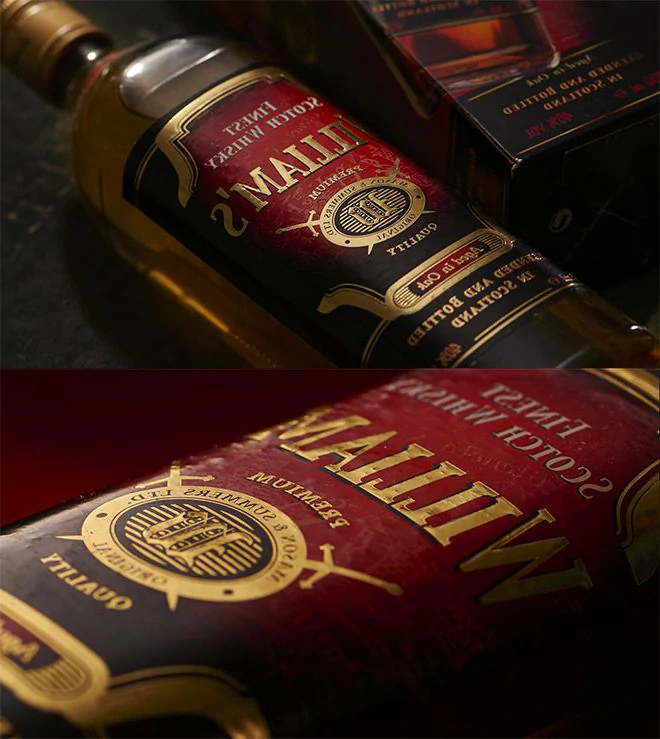
Personal stories from the distillers or the inspiration behind the creation of the whiskey often find their way onto the labels. Whether it’s the founder’s journey, a significant local legend, or a unique aspect of the distillation process, these narratives build a connection between the brand and the consumer. Sharing these stories creates a more intimate experience, making each bottle of whiskey not just a product, but a piece of personalized history.
Symbolism and Iconography
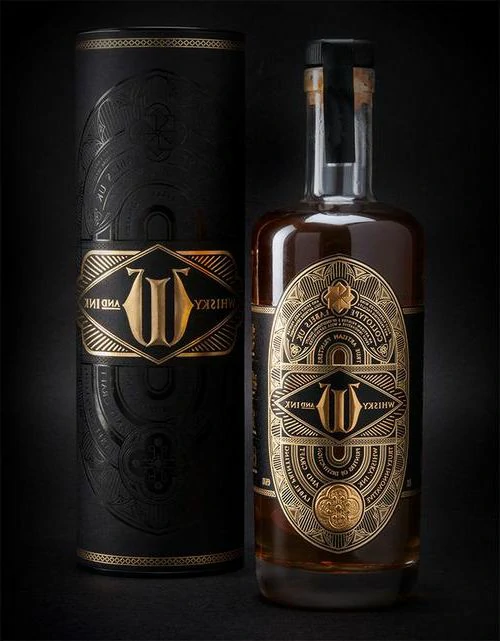
Symbols and icons are powerful elements in label design. They can quickly convey deeper meanings and resonate with consumers on an emotional level. For example, a phoenix might symbolize rebirth and transformation, fitting for a whiskey that marks a new beginning for a distillery. Icons like distillery buildings, specific grains, or traditional tools can also encapsulate the essence of the product in a single image.
Conclusion
Whiskey bottle labels are much more than simple identifiers; they are works of art that tell compelling stories about heritage, quality, innovation, and personal journeys. They draw us into the world of the distillery, offering a glimpse into its history, values, and craftsmanship. The next time you pick up a bottle of whiskey, take a moment to appreciate the label – it’s an introductory chapter to the rich narrative contained within. Cheers to the art of storytelling through design! 🥃 — What are some of your favorite whiskey labels and the stories they tell? Share your thoughts in the comments below!



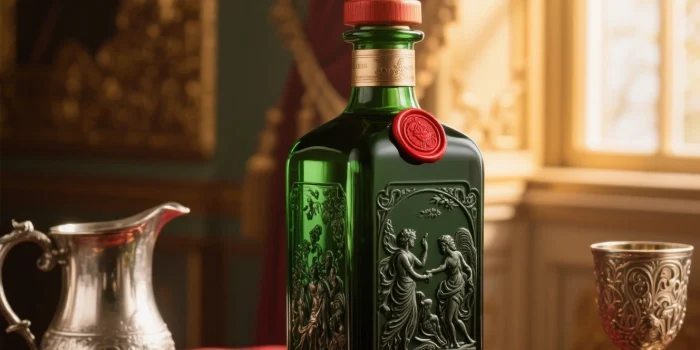
This Post Has 0 Comments